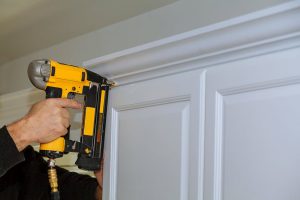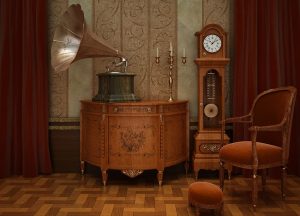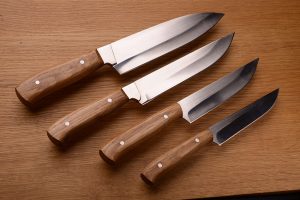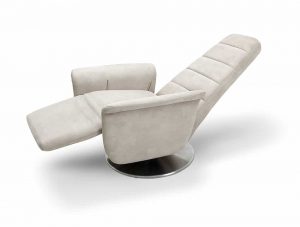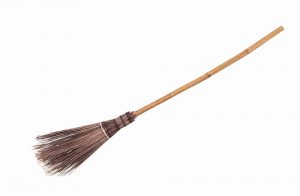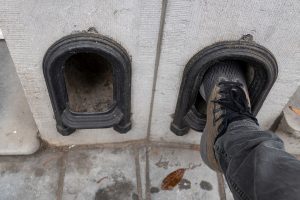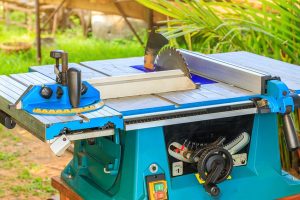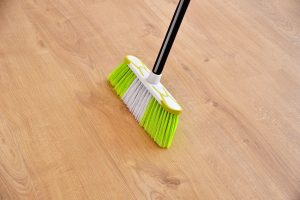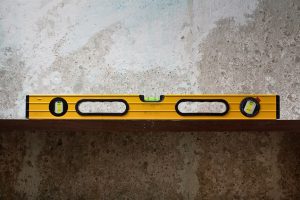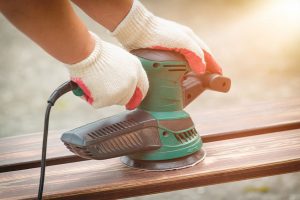小提琴是一個樂器,它在字符串儀器下進行分類。這是一個複雜,細膩和美麗的樂器。它也是一個很好的作品living room stuff要麼音樂房。作為一個小提琴手,小提琴學生或對小提琴感興趣的人有必要了解小提琴的零件和組成部分,這些組件的用途以及他們如何工作。
Our focus here is the modern violin and not the ancestral instrument that predated it.

- 滾動:the scroll can be found at the top of the violin. It is the decorative part of a violin, and it is often carved in different shapes and forms, such as a spiral, scroll, or an animal or human’s head. It is really of no importance and is just there for decorative purposes.
- Pegbox:just below the scroll is the pegbox in which the pegs and strings are inserted. It houses the four pegs and one end of the strings.
- PEG:Pegbox中插入了四個釘子。這些釘子用於擰緊或鬆開弦並調節小提琴的間距。順時針轉動PEG緊緊擰緊弦,這反過來銳化斜柱的斜柱的間距,而逆時針橫掃橫向鬆開繩子並達到小提琴的音高。重要的是要注意,在擰緊琴弦時,將釘子變得太快或太遠可能導致琴弦捕捉,因為它使弦變得太緊。
- Nut:this is a piece of wood that is found between the pegbox and the neck. It has four indentations on which each string emerges from the pegbox over the fingerboard. It manages the positioning and height of the strings and also prevents the strings from moving out of their position.
- 脖子:這是小提琴主體和Pegbox之間的部分。這是一個長的薄薄的木材,從小提琴的身體突出。它在支持字符串方麵發揮著重要作用,它需要大部分弦的緊張局勢。它還通過支持小提琴的手指來發揮重要作用。
- Fingerboard:指板連接到小提琴的頸部。它是一個平滑的扁平木材,小提琴手壓在弦上以產生不同的紙幣和音高。
- The Body:the body is the largest part of the violin. It has a top plate and a backplate which is connected by the ribs, which are located on the side of the violin. On the body of the violin are several important features, which include the f-hole, the bridge, etc.
- Rib:這些是小提琴側麵的木質條。它用於連接小提琴的頂部和背麵以形成儀器的音箱。它非常薄,厚約1mm。
- qufling:purfling is a narrow and thin strip of wood that is set in a decorative design into the surface of the top plate around the edge of the violin. It beautifies the violin, but more than beautifying it also protects it from damage.
- 角盒:這些是小提琴內的木塊,以維持小提琴的建設。
- 字符串:小提琴有四個從左到右命名的字符串,因為g,d,a,e,g是最低和最高的。字符串以五個的音樂間隔調整。它們可以由合成材料,鋼或動物腸等不同的材料製成。它們在一端連接到Pegbox,另一端連接到尾部。
- F-HOLES:these are holes found on the body of a violin. They are shaped like the italicized letter ‘F.’ Its function is to project the sound out of the hollow body of the violin.
- Bridge:this is an arc-shaped piece of wood that is placed under the strings. It is always between the two f-holes. The vibration of the string stops at the bridge and is transmitted from the string into the hollow body of the violin. The more flattened the arc of the bridge, the easier it is to play on more than one string at a time and vice versa.
- Soundpost:this is found inside the violin directly under the right side of the bridge. It is very important in the transmission of vibrations from the strings to the body of the violin to produce sound. The position of the soundpost can alter the quality of the sound either in terms of volume or the quality of the tone. The soundpost joins the front and back plate together, and it also supports the structure of the violin.
- 細調整:the fine tuners are small button-like steels found on the tailpiece. They are used to tune strings by making small amendments to the string tension. Fine tuners do not function as much as pegs do in tuning, but they can be used in making little corrections if the string is a bit sharp or flat. Some violins have four fine tuners for all strings, while some have only for the ‘E’ string.
- 尾燈:尾部是一個三角形的木材,其中弦附著在小提琴的下端。
- Tail gut:小提琴的尾蓋用於將尾部連接到小提琴的末端。
- Chinrest:下巴休息結束時身體和發現is attached closely to the tailpiece. It is mostly either plastic or wooden. It is used as a platform on which the chin or jawbone is placed when you want to play the violin.
- Saddle:this is a rectangular block of wood found inside the violin. It assists in relieving the pressure applied on the body by the force of the tension of the string and also supports the tailgut.
- 撿起:this changes the violin’s acoustic vibration to an electric signal that is now sent into an amplifier. This feature is found in an electric violin.

